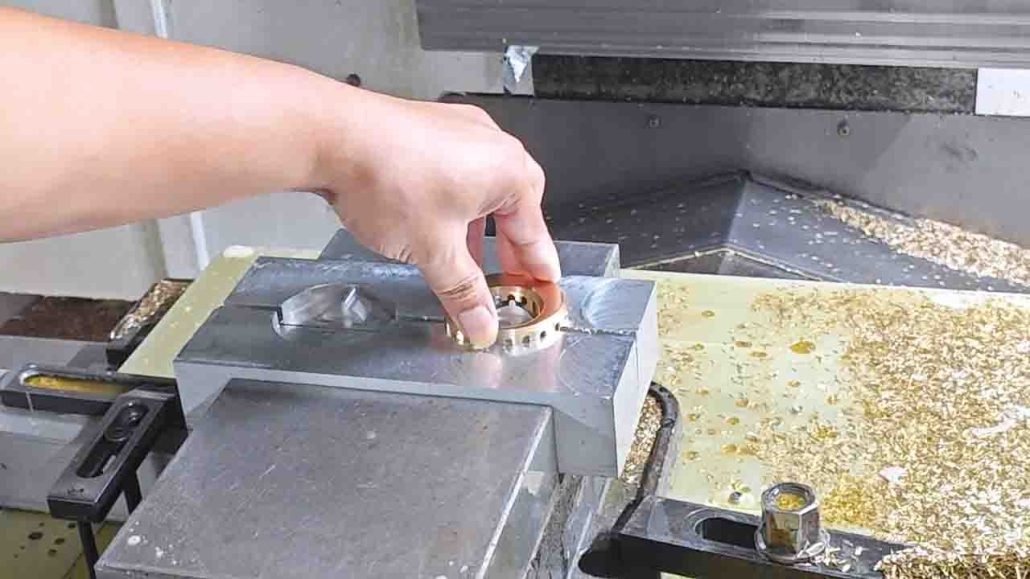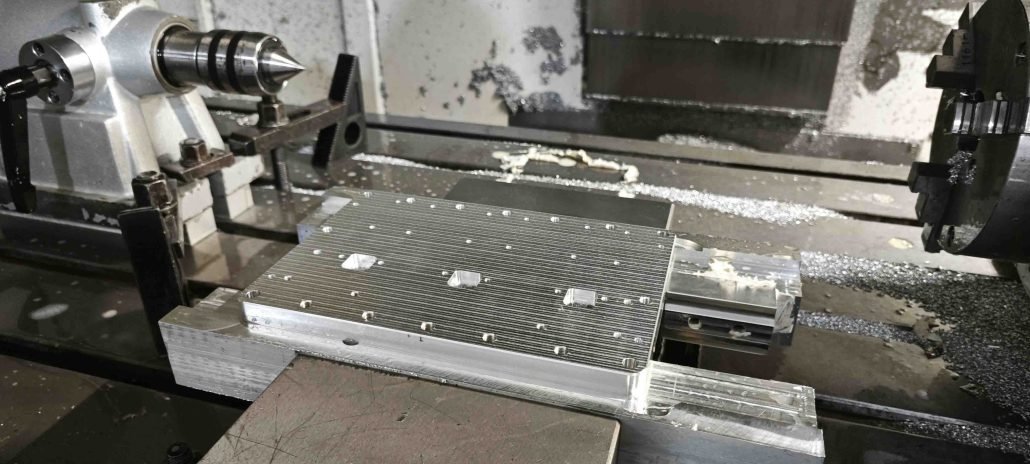CNC milling is a common cnc parts manufacturing process that requires precise calculations to achieve optimal results. One crucial aspect of this process is determining the feed rate, which refers to the speed at which the cutting tool moves through the material. Calculating the feed rate is essential to ensure that the cnc machining operation runs smoothly and produces accurate CNC Machine Parts.
How to calculate feed rate for cnc milling
To calculate the feed rate for CNC milling parts machining , you need to know the spindle speed (S), chip load per tooth (C), number of teeth (T), and feed per tooth (F). You can then use the following formula to calculate the feed rate in inches per minute:

Feed Rate (Inches per Minute) = Spindle Speed (RPM) x Number of Teeth x Chip Load per Tooth x Feed per Tooth
Factors that affect feed rate include material type, cutting tool type, cutter diameter, and depth of cut. It is important to consider the material removal rate and desired surface finish when determining the feed rate. The feed rate can be adjusted during the milling process as needed to prevent tool damage and improve efficiency.
Factors Affecting CNC Milling Feed Rate
Several factors affect how feed rate is calculated for CNC milling, including:
Material Type
Different materials have varying densities and hardness, which affects the feed rate. The harder the material, the slower the feed rate should be to prevent tool damage.
Cutting Tool Type
The type of cutting tool being used determines the maximum feed rate that can be achieved. Carbide tools can handle higher feed rates than high-speed steel tools.
Cutter Diameter
The larger the diameter of the cutting tool, the slower the feed rate should be to maintain accuracy.
Depth of Cut
The depth of cut refers to the amount of material being removed in a single pass. A deeper cut requires a slower feed rate to prevent tool damage.

Calculating CNC Milling Feed Rate
To calculate the feed rate, you need to know the following parameters:
Spindle Speed (S)
Spindle speed refers to the speed at which the spindle is rotating, measured in revolutions per minute (RPM).
Chip Load per Tooth (C)
Chip load per tooth refers to the thickness of the material being removed by each tooth of the cutting tool, measured in inches per tooth (IPT).
Number of Teeth (T)
The number of teeth on the cutting tool affects the amount of material being removed in a single pass.
Feed per Tooth (F)
Feed per tooth refers to the distance the cutting tool moves through the material with each tooth rotation, measured in inches per tooth (IPT).
Using these parameters, you can calculate the feed rate using the following formula:
Feed Rate (Inches per Minute) = Spindle Speed (RPM) x Number of Teeth x Chip Load per Tooth x Feed per Tooth
Conclusion
Calculating the feed rate for CNC milling is crucial to ensure that the machine operates efficiently and produces accurate parts. By understanding the factors that affect feed rate and using the formula provided, you can optimize your milling process and achieve the desired results.
In addition to the factors mentioned above, it is important to consider the material removal rate (MRR) when calculating the feed rate. The MRR refers to the amount of material being removed per minute, and it is closely related to the feed rate. By increasing the feed rate, you can increase the MRR, but this must be done carefully to avoid tool damage.
Another factor to consider is the surface finish of the part being produced. A slower feed rate can result in a smoother surface finish, while a faster feed rate can lead to a rougher finish. The desired surface finish should be taken into account when determining the feed rate.

It is also important to keep in mind that the feed rate is not a fixed value and can be adjusted during the milling process. If the cutting tool is experiencing excessive wear, the feed rate can be reduced to prevent further damage. On the other hand, if the milling operation is going smoothly and the tool is not being damaged, the feed rate can be increased to improve efficiency.
In conclusion, calculating the feed rate for CNC milling is a crucial step in ensuring that the machine operates efficiently and produces accurate parts. By taking into account the factors that affect feed rate and carefully adjusting the parameters as needed, you can optimize your milling process and achieve the desired results.

